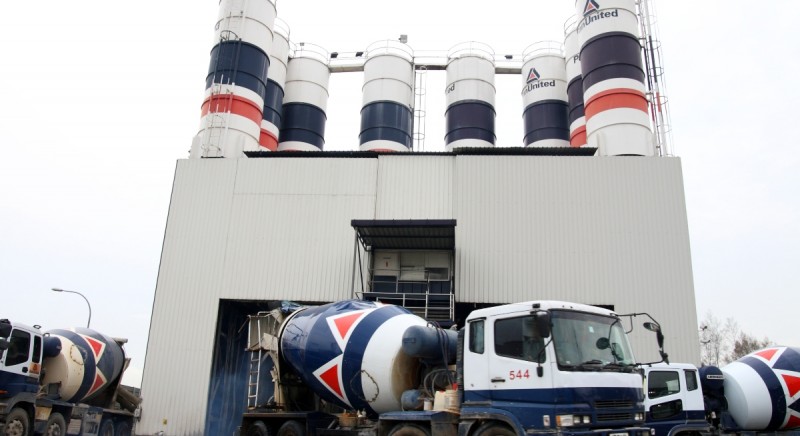“While the sector still faces some transient productivity issues and safety time-outs from increased workplace accidents in 3Q2022, we believe these issues should gradually be alleviated in the coming quarters,” write Ong and Tan.
Apart from improving labour, the analysts note that construction output recovered well in July. Its levels (measured by progress payments) rose to $2.5 billion in July, 17% higher than pre-Covid-19 levels. In particular, construction output year-to-date (ytd) has formed around 55% of the Building and Construction Authority’s (BCA) year-end target of $29 billion to $32 billion.
“We see activity picking up in 2H2022 as foreign workers return and contractors race to clear their mounting order books,” say the analysts.
While recent macroeconomic headwinds and elevated construction costs could dampen investment appetite from the private sector, Ong and Tan are confident that construction activities should remain supported in the medium term by several factors.
See also: UOB KayHian initiates ‘Buy’ call on ASL Marine with target price of 33 cents
Firstly, elevated order books will provide support, where the combined order book as of end-June of 19 Singapore-listed construction firms remained elevated at approximately 20% above the seven-year FY2015-FY2021 historical average.
Secondly, the resumption of major projects such as the construction of Changi Airport Terminal 5 amounting to around $10 billion and the integrated resorts expansion of Marina Bay Sands (MBS) and Resorts World Sentosa (RWS) at approximately $4.5 billion each will contribute significantly to construction activities.
“While these projects were not included in BCA’s forecasts, based on indicative timelines, we believe these three projects could add around 10% to the midpoint of BCA’s initial 2023-2026 construction demand projections,” write Tan and Ong.
Next, the continued ramp-up in public housing supply invariably provides opportunities in the construction space. To meet stronger housing demand, Singapore aims to increase its Build-To-Order (BTO) flat supply to around 21,000 per annum over 2022-2025. BCA estimates public housing to account for approximately 15% of construction demand in 2022.
Meanwhile, prices of ready-mix concrete (RMC) and steel are showing signs of moderation following a strong start to the year. Previously, average selling prices (ASPs) spiked from March to April on the back of supply chain disruptions due to the Russia-Ukraine conflict and inflationary pressures.
In recent times however, the latest pricing data indicate that ASPs have started to moderate, albeit still elevated compared to pre-Covid-19 times. RMC prices peaked in June while steel prices peaked in May, with both materials recording gradual m-o-m price declines since then.
“While we think prices could moderate further in 2H2022 as supply chain disruptions ease, ASPs are still likely to remain high as compared to pre-Covid-19 levels on the back of improving construction demand and rising input costs,” say the analysts. “Based on channel checks, we believe building material players’ margins remain healthy as well.”
Top picks within the sector
Ong and Tan believe that BRC Asia and Pan-United Corp will benefit from ramp-up in project execution and healthy profit spreads and have hence kept these two stocks as their preferred picks in the building materials sector.
They have kept an “add” rating on its top sector pick, BRC Asia, with a target price of $2.50 that is based on a 1.74x CY2022 P/BV. “We believe that valuations are currently attractive at 5.7x CY2023 P/E, where BRC Asia potentially offers a dividend yield of around 10% given strong free cash flow generation,” they write.
For more stories about where money flows, click here for Capital Section
“Given the moderation in steel bar prices, we also see potential for BRC Asia to reverse some of its provisions for onerous contracts,” shares Ong and Tan, as they currently forecast BRC Asia to record 3QFY2022 ended June net profit of $75 million up 60% y-o-y.
At the same time, the analysts have kept an “add” rating on Pan-United with a target price of 57 cents based on 6.6x CY2023 EV/Ebitda, an approximate 10% discount to peers on account of its size. Pan-United currently trades at 10.5x CY2023 P/E, with a dividend yield of 5.6%.
“For Pan United, we expect 2HFY2022 ending December Ebitda margin to sustain at strong levels and we forecast a FY2022 net profit of $28 million up 47% y-o-y,” they add.
As at 12.23am, shares in BRC Asia and Pan United are trading at $1.64 and 42 cents respectively.




